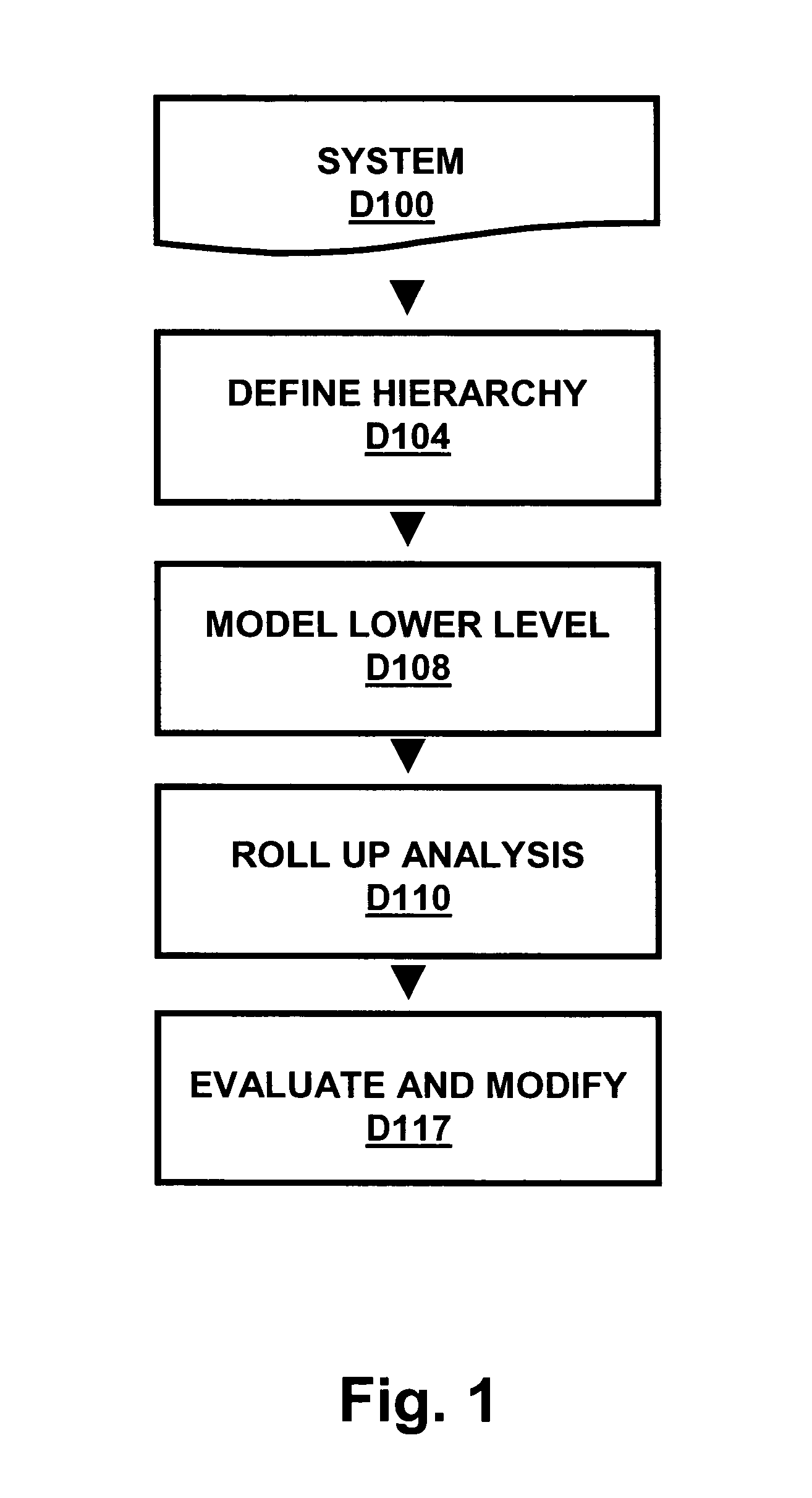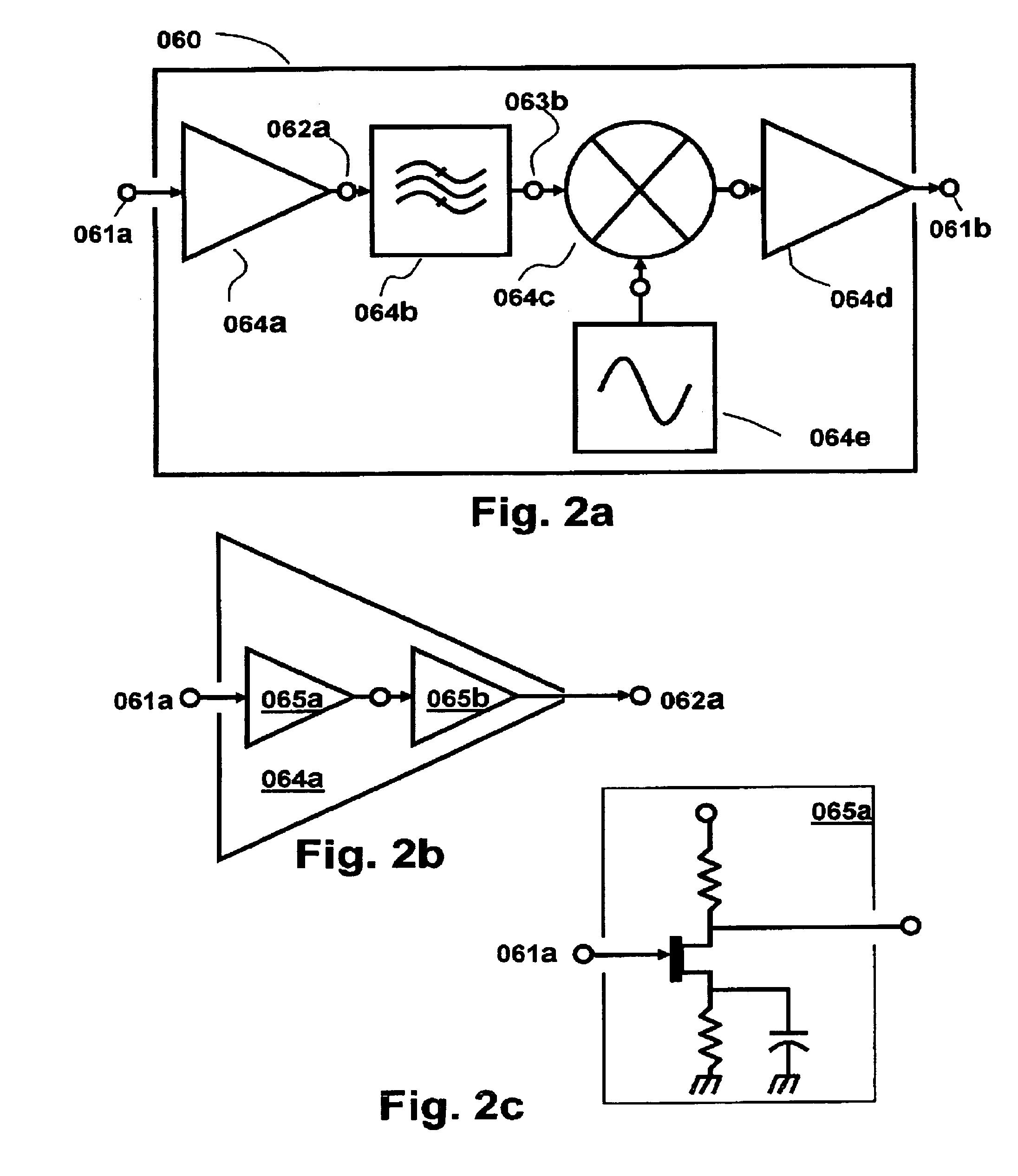Hierarchical system design
a system design and hierarchy technology, applied in the field of system design methods, can solve the problems of reducing the maximum dimensionality of each, and achieve the effects of reducing the maximum dimensionality, reducing the aggregate execution time, and reducing the execution time per simulation
- Summary
- Abstract
- Description
- Claims
- Application Information
AI Technical Summary
Benefits of technology
Problems solved by technology
Method used
Image
Examples
Embodiment Construction
[0043]The present invention is directed toward a system and method for improved system simulation, analysis, and design. In accordance with one embodiment of the invention, a system is defined in a hierarchical manner having two or more levels of hierarchy. For example, the system can be defined as being comprised of one or more subsystems and those subsystems in turn, defined as being comprised of one or more of their constituent components, and so on. Once the hierarchical structure is defined, the system can be modeled in terms of its components, and these component models rolled up to the next level of the hierarchy for modeling that level, and so on. This technique can be implemented so as to enable the system to be modeled as a function of the models of its constituents. In this manner, changes can be made to various components and parameters at one or more levels of the hierarchy and the results rolled up to the higher levels for system optimization. In this discussion, the t...
PUM
 Login to View More
Login to View More Abstract
Description
Claims
Application Information
 Login to View More
Login to View More - R&D
- Intellectual Property
- Life Sciences
- Materials
- Tech Scout
- Unparalleled Data Quality
- Higher Quality Content
- 60% Fewer Hallucinations
Browse by: Latest US Patents, China's latest patents, Technical Efficacy Thesaurus, Application Domain, Technology Topic, Popular Technical Reports.
© 2025 PatSnap. All rights reserved.Legal|Privacy policy|Modern Slavery Act Transparency Statement|Sitemap|About US| Contact US: help@patsnap.com



